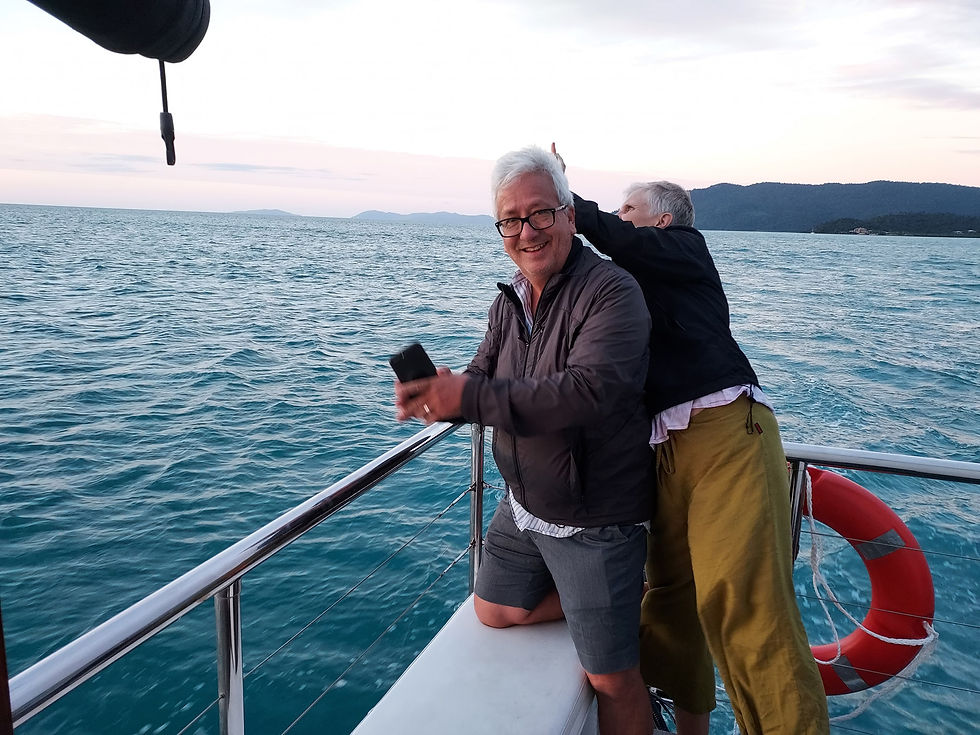'Buying Indigenous': Keeping More Money in First Nations Economies
- kat5333
- Jun 18, 2024
- 2 min read
The First Nations economy in Canada has the potential to become much stronger. According to a recent report by eSupply, 'buying Indigenous' could potentially add up to $1 billion to the collective economy of First Nations communities.
The Current State of First Nations' Economy
In 2019, the revenue of First Nations governments alone was $13.6 billion. However, a significant portion of this income was spent on goods and services from non-First Nations businesses, causing a substantial amount of money to flow out of the local economy.
A survey of 396 First Nations communities showed an annual spend of $504 million (in 2023 dollars) on materials and supplies (M&S). Most of this money was spent on non-Indigenous suppliers' goods and services, leading to economic leakage. Much of the income generated within First Nations benefits external economies instead of getting reinvested into the local economy.
By prioritizing M&S purchases from Indigenous-owned businesses, First Nations can significantly reduce leakages and keep more money in their communities.
Addressing Economic Leakages
Economic leakages vary widely across communities and the country, ranging from 25% in West Nipissing to 77.5% among First Nations in Saskatchewan, with some communities losing up to 90 cents of every dollar.
This outflow represents a missed opportunity for economic development and capacity building within Indigenous communities.
The Impact of Local Spending
When money is spent within the community, it tends to circulate and recirculate, leading to exponential growth in local income. Instead of sending money out of the community, these funds can go toward education, healthcare, new businesses and other social services.
Conservative estimates suggest that every dollar spent on Indigenous-sourced M&S could increase First Nations' income by at least 1.5 times the initial expenditure. Diverting just a portion of the $504 million M&S expenditure to Indigenous businesses could add between $750 million and $1 billion to the First Nations economy.
The Opportunities and Barriers of This New Strategy
A practical starting point for implementing this strategy is switching to Indigenous-owned supplier companies and procurement platforms. Depending on a Nation's capacity, M&S production or supply could also be an economic development opportunity to explore.
However, adopting a 'buy Indigenous' strategy is not without challenges. Many businesses have long-standing relationships with external suppliers, making the transition to Indigenous suppliers a gradual process of finding and implementing a replacement. That said, the potential benefits far outweigh the initial hurdles.
The Need for Collective Effort
The success of the 'buying Indigenous' strategy depends on the collective effort of First Nations communities and large M&S purchasers.
By redirecting spending towards Indigenous-owned businesses, First Nations can tap into the multiplier effect to boost local income, create jobs, and improve community well-being.



Comments